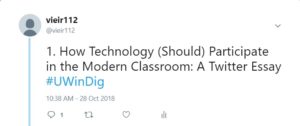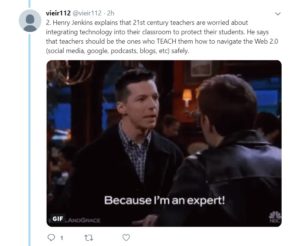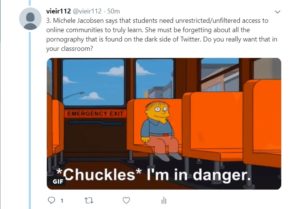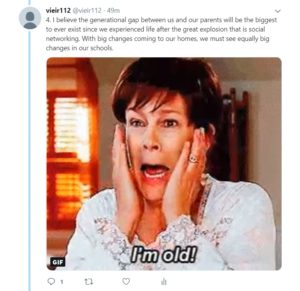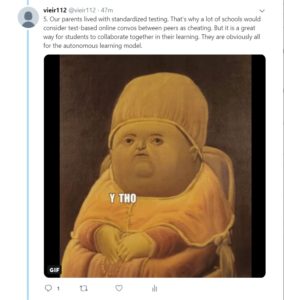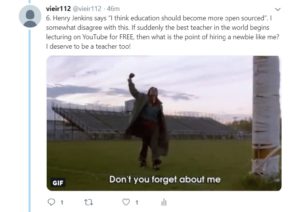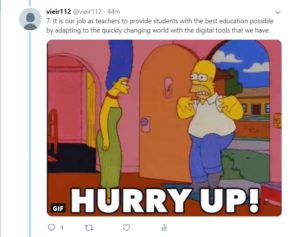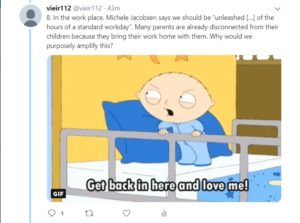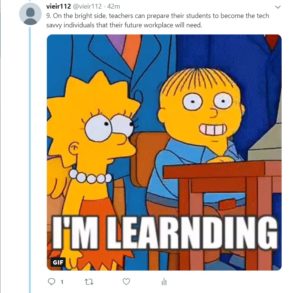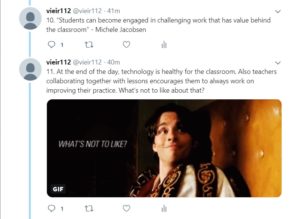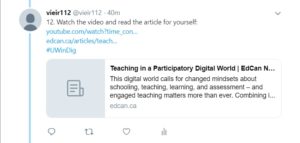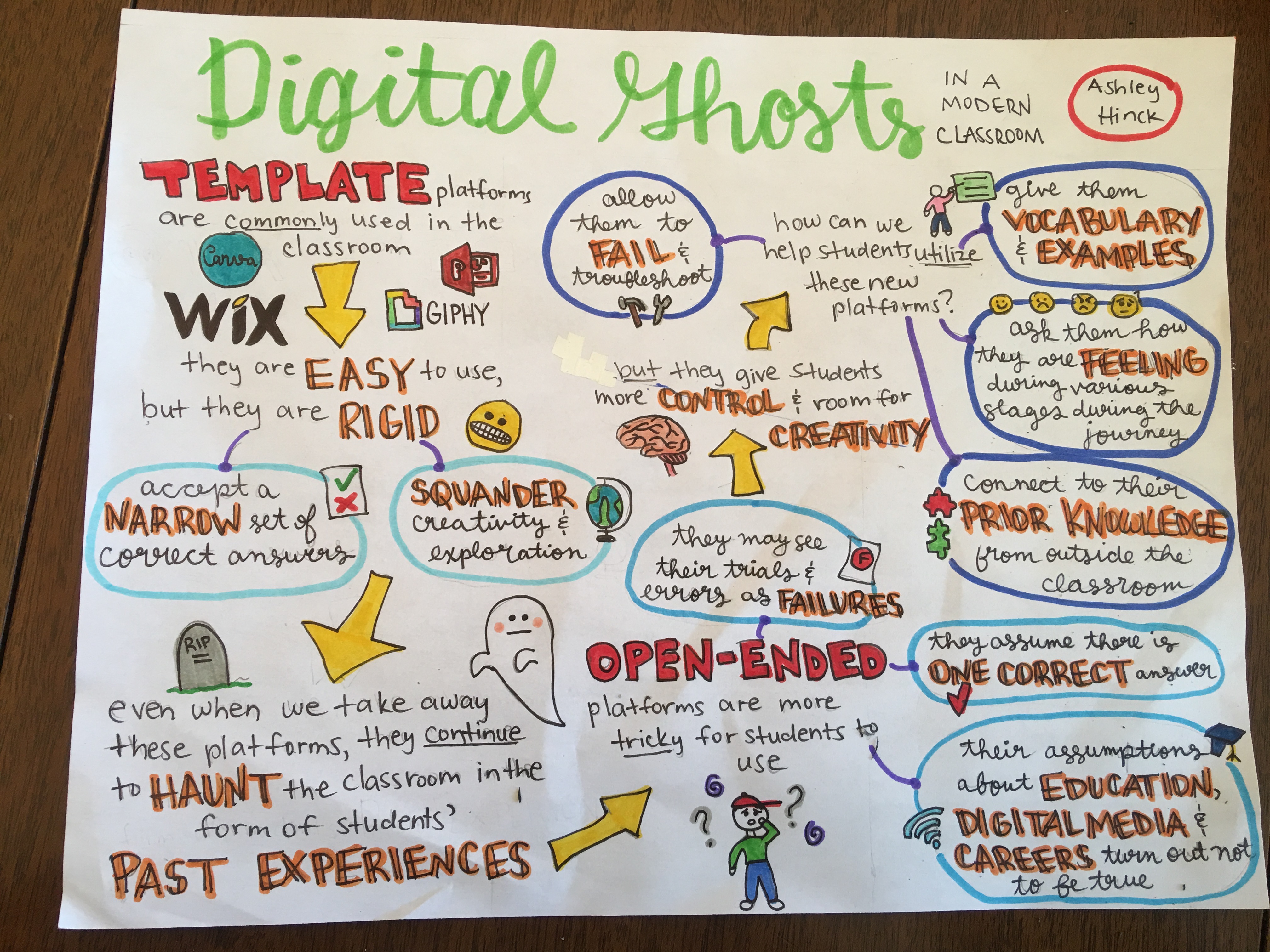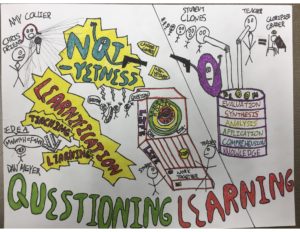This multimedia reflection serves to emphasize the article on Teaching in a Participatory Digital World and the online video with Henry Jenkins. It is important that educators understand that “digital technology” has changed our perception of education. I believe teachers and students must work harmoniously with one another and create environments that allow for an exchange of learning on many different digital platforms. Jacobsen suggests the idea that teachers matter too, their practice matters, and the classroom environment they teach in should be used to foster knowledge. These ideas make me think about how I use digital media in a purposeful manner. When I begin my practicum experiences, what affordances will I have? What connections will I make with curriculum and with the technology I choose to implement? Most importantly, can I make learning effective through digital media platforms?
Before reading this text, I must admit I was hesitant to choose this topic, as I was unsure about this article would come across. I assumed it was my duty as a millennial to know and understand the digital realm–after all, I grew up in it! After reading, I was amazed to see how this can be implemented into my own practice. After my own practicum experience, I started to get a sense of working in conjunction with students and how important it is to use technology in a representative way to deliver curriculum. I believe this can connect me to relevant world events, solidify connections with students and augment lessons to be creative and effective.
For this multimedia reflection I decided to create a PowToon along with a music video. I found this to be the most effective platform to use while reading this article and watching the Jenkins video. I had a great experience using PowToon and believe this form of media provides me with the confidence to deliver powerful and influential learning objectives and outcomes. As I have used this before, it was nice to be comfortable in a platform, while still learning new ways to add creative texts, fix tiny timing errors and implement intricate details and subtle allusions to material. I hope to use this in my own class one day and maybe it will spark a vested interested in classroom material. I hope you enjoy this video and please leave a comment—(constructive feedback is welcome!).
In addition, as Henry Jenkins explains, we must not “safeguard” any of these digital media sources, but use the technology at our finger tips. I hope to use media itself, not use alternatives to these sources. I want to use Twitter, Facebook and PowToon sources to redefine my teaching practices. I do not want to look for other versions that are “second best,” but instead use the technology that is already given and make good use of it in a classroom setting. I want to be a good role model to students and demonstrate how to use technology appropriately and represent uses for it within the classroom. I value the importance of learning new skills and do not fear technology, but embrace it. Will this be easy? No! But I like the uncertainty. I hope to create a forum for collaboration, create conducive learning spaces and open sources that are accessible to all. I am ready, the world is too!
This is a music video I have created, and it was not an easy task. I did not fully understand what concepts I wanted to pull and what I needed to do to show from the Jenkins video. When I first viewed the video, I pictured a go-getter, an individual who was a media agent for social change in a positive way. I was walking around the house aimlessly with my laptop in my hand and was trying to figure out something relatable to this. Well… my sister had on the “Fresh Prince of Bel-Air,” I was enlightened and extremely anxious to begin. I ran to my room and knew I had to create the theme song with my own version of the words. It was a revolutionary experience, because I had found a connection to the material that truly resonated with me. Henry Jenkins is a media agent for social change and I considered Will (the main character) to be an individual who initiates change and pushes boundaries. In class, we focused on being model learners as educators, looking at our artifacts with a revision lens. I believe this form of reflective practice helps initiate conversations that inform education and develop new insightful learning techniques. This was my inspiration behind the video… and I hope you enjoy it!
Enjoy,
Anthony Pisciuneri

